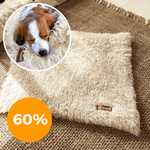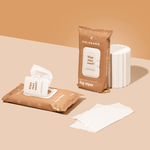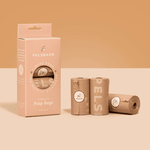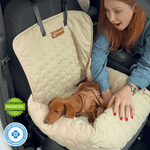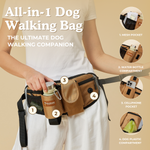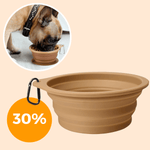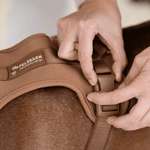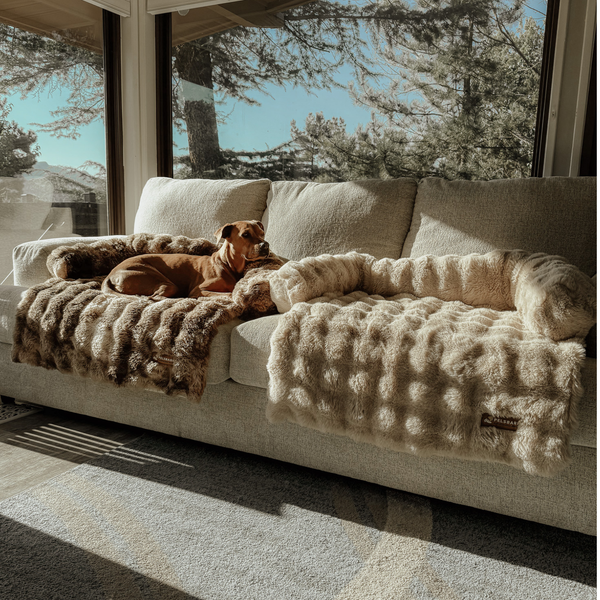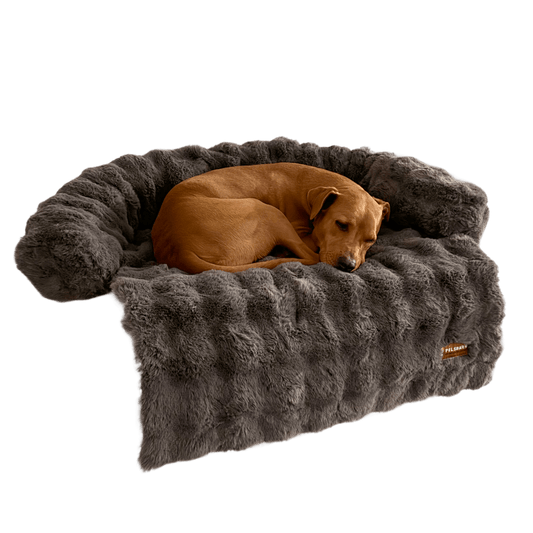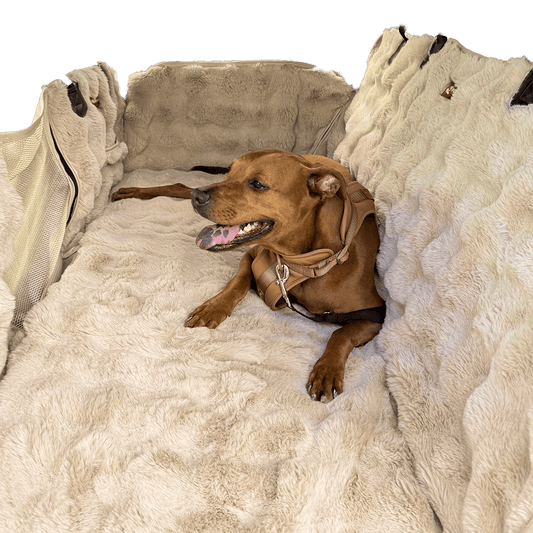Halloween safety for dogs: What every pet parent should know
Halloween is one of the most exciting nights of the year: costumes, candy, decorations, and trick-or-treaters at every door. But while it’s fun for us, it can be confusing, stressful, and even dangerous for our dogs.
Here’s what every dog parent should know to keep their pup safe, calm, and happy this spooky season.

The hidden dangers of Halloween
1. Candy and chocolate toxicity
Chocolate, xylitol (in sugar-free candy), and even raisins can be toxic for dogs. A single piece of dark chocolate or a few gumdrops sweetened with xylitol can cause vomiting, tremors, or worse. Keep all treats far out of reach and remind kids not to share their candy with their four footed friends. No matter how cute those puppy eyes are.
2. Costumes and commotion
Doorbells ringing, kids in masks and unfamiliar scents cause sensory overload for many dogs. Some bark nonstop, others hide, and a few might bolt the first chance they get.
3. Escape risk
Halloween night means doors opening and closing constantly. Make sure your dog has updated ID tags and a microchip, and consider keeping them in a quiet room during peak trick-or-treat hours.
4. Dangerous decorations
Glow sticks, candles, fake cobwebs, and electric cords can be a real hazard. Dogs might chew, swallow, or knock things over. Stick to battery-powered lights and keep anything tempting out of reach.
Creating a calm & safe space
The best way to help your dog enjoy the evening is to set up a calm zone. A cozy spot with their bed, toys, and maybe a bit of white noise to drown out the constant ringing of the doorbell. Give them a treat puzzle to keep them busy or consider calming chews to help them cope with the stress, while you handle visitors. If you’re hosting, let guests know where your dog’s safe space is and remind them not to feed table scraps or treats.
Dressing up together? Choose pet-friendly costumes
Costumes can be adorable, but not all are designed with our pets´ happiness and comfort in mind. A “pet-friendly” costume should check the following boxes:
-
Comfortable fit – snug but not tight, no elastic bands around the neck or chest.
-
Freedom of movement – your dog can walk, sit, lie down, and go potty normally.
-
Breathable fabrics – lightweight, not overheating.
-
No masks – nothing covering the eyes, nose, or mouth.
-
No dangling parts – avoid sequins, buttons, or floppy bits that can be chewed off.
-
Easy on and off – Velcro or snap closures are safest.
-
Happy-dog test – if your dog freezes, scratches, or looks uncomfortable, take it off.
Popular costumes that aren’t so safe
One costume that’s gone viral the last few years: the “spider dog.” While it’s undeniably funny for humans, it’s not ideal for most dogs. The long dangling legs can get tangled and the wire inside can poke or scratch.
Other costumes to skip:
-
Full-body suits or masks that limit breathing or movement
-
Inflatable costumes (the sound and weight can cause anxiety)
-
Anything with beads, sequins, or loose add-ons that could be swallowed
Quick halloween safety checklist
-
Keep candy, chocolate, and wrappers far from reach
-
Secure doors or use a baby gate to prevent escapes
-
Use flameless candles and safe décor
-
Update your dog’s ID tag or microchip info
-
Give your dog a calm, comfortable retreat
-
Choose only pet-safe costumes
The bottom line
Halloween should be fun, not frightening or stressful for your dog. With a few simple precautions, you can make sure they stay safe, relaxed, and maybe even enjoy a treat of their own.
We wish you a happy Halloween and a safe spooky holiday!
With love,
Elle from team Pelsbarn
